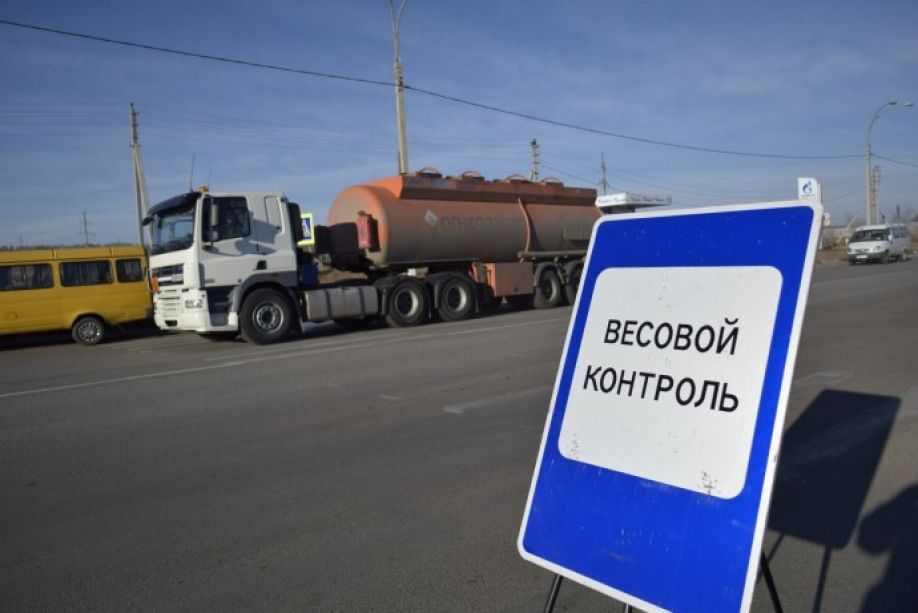Recently, a lot of attention has been paid to this kind of control in relation to vehicles. In particular, special automated weight control points appeared on the roads of the Russian Federation. They allow you to determine the weight of a vehicle automatically, while it is moving. Of course, such an innovation was primarily useful for road inspection, as it allows you to quickly identify violators without additional time-consuming procedures.
In the article we will analyze the basic rules of the Russian weight control. Consider how it is carried out, what every driver should know about this.
Legislative regulation
The system for controlling the weight of road freight vehicles during its movement was introduced on October 1, 2016. What is its essence? It allows you to timely determine those freight vehicles whose weight exceeds the established state standards.
Special reminders were also developed for the driver for weight control. In such a document, the car owner can find out the following:
- Mass limits for various vehicles.
- Description of the procedure for weighing a car.
- Responsibility for violation of established standards.
We will get acquainted with the most important provisions from this memo.
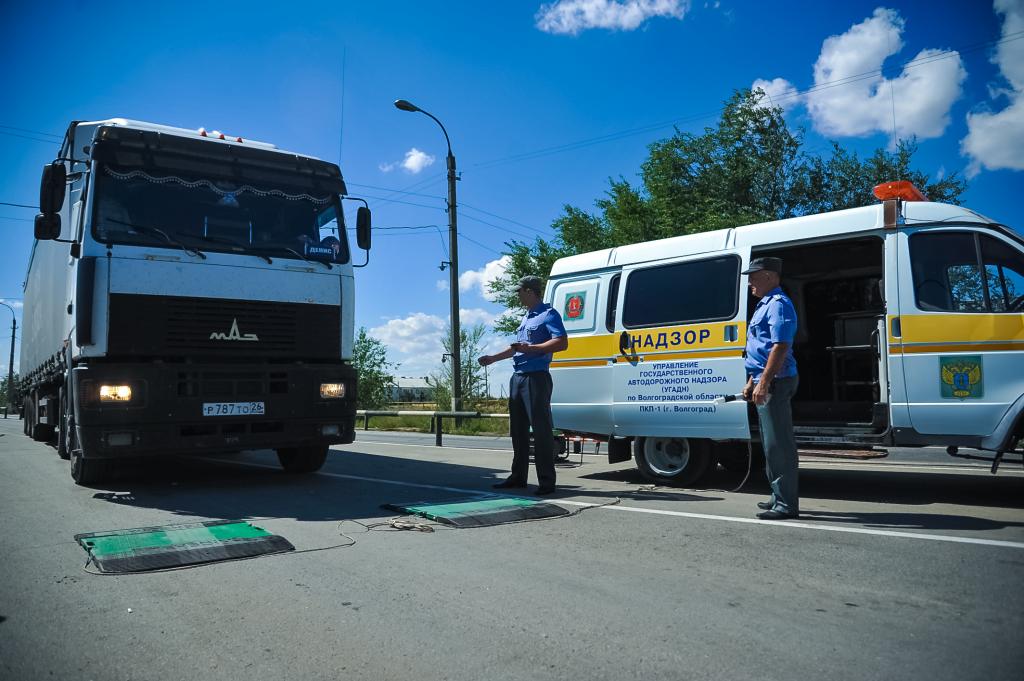
Car stop
We begin to analyze the implementation of weight control. The machine must be stopped according to the following rules:
- After stopping the car, the inspector must greet the driver of the vehicle, introduce himself to him and present his own certificate. Then he checks the documents of the car owner. Next, the weighing procedure is carried out. Its results are entered by the road inspector in special documentation.
- In the event that the traffic police inspector exceeded his authority, the driver has the right to require the phone number of his duty unit or management. It is possible to make a call to open source software or human rights defenders.
- According to the current rules of weight control, for this procedure it is possible to stop a car only in locations with a traffic sign 7.14.
- The driver has every right to demand from the traffic police inspector a document on the weight equipment used. If the official does not have such a paper, then his actions are already regarded as an administrative offense.
- The traffic police officer must explain all legislative norms, his own comments clearly, distinctly, calmly and benevolently.
The decision to stop this or that car is made by the inspector as a result of the filing by the automated control system of a signal indicating that the vehicle has exceeded the weight standards. Therefore, when the truck stops, the inspector must show the driver a note in the protocol, indicating that the system has detected a violation.
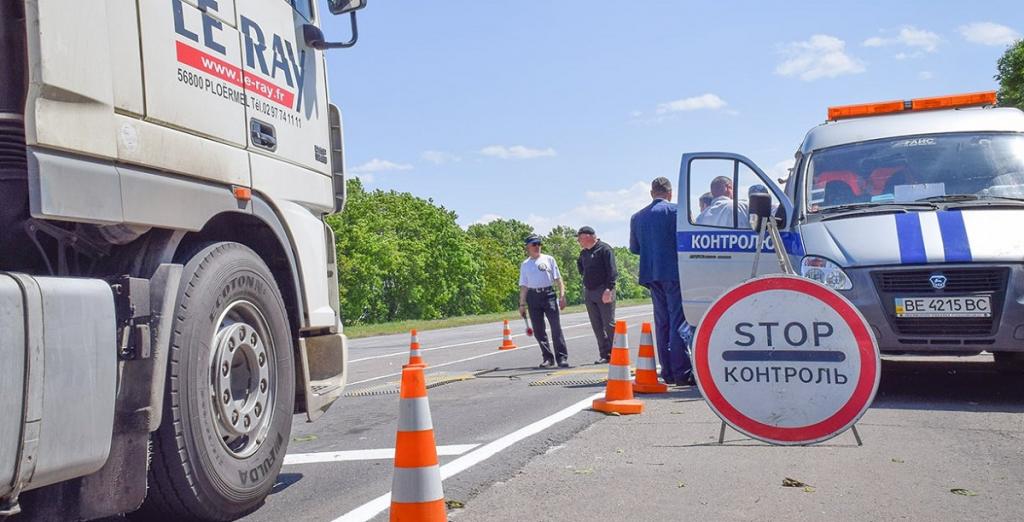
Driver behavior
If your vehicle was stopped due to weight control, then you should prepare the following:
- Documentation required for appropriate control.
- Shipping Recommendations.
During the test, the driver is not prohibited from using the means of audio and video recording of information. For example, a smartphone camera or voice recorder. The inspector has no right to prohibit this. An exception is only for those locations where shooting is prohibited. The inspector must warn you about this in advance.
But the driver does not need to forget that the inspector also has the right to video and audio recording of the inspection.
What cars are required to pass control?
Car owners, first of all, are interested in which vehicles should go through the weight control procedure.The answer can be found in the Rules of this procedure:
- All vehicles with an axle load exceeding 6 tons.
- The whole range of trucks with a total weight of more than 20 tons.
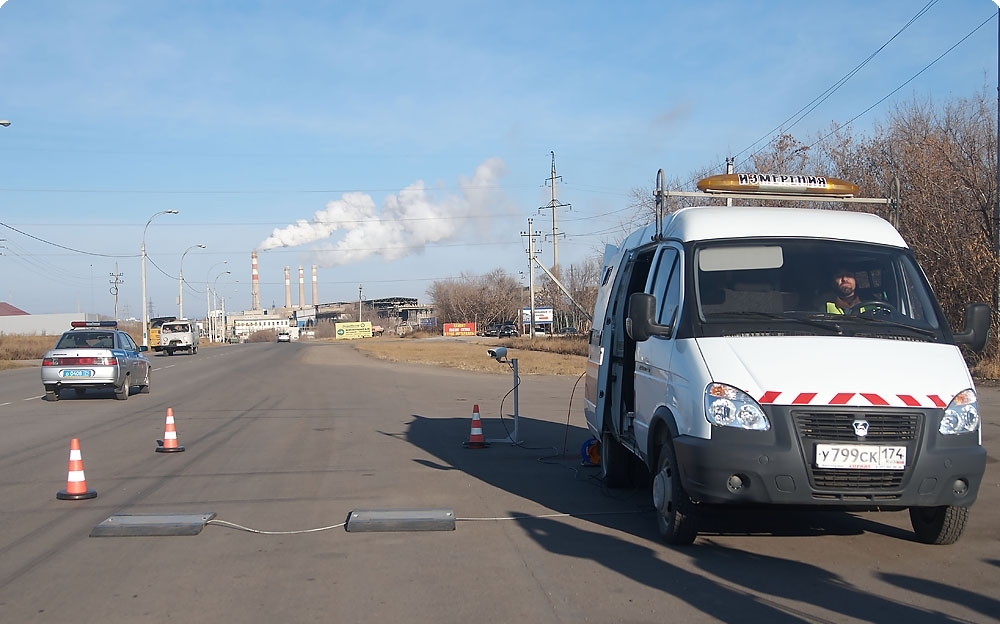
How does weighing work?
Let's analyze the procedure for weight control of cars on mobile points on Russian roads:
- The inspector has the right to determine the weight of vehicles only on specialized equipment. Today it is a VA-20P scale. This equipment must comply with GOST-R 53228-2009.
- The permissible error of the measurements is 20 kg up and down.
- The organization of weight control at a mobile point must fully comply with the following regulatory acts: Federal Law "On Observance of Uniformity of Measurements" No. 102 and Order of the Ministry of the Interior "List of Testing Instruments" No. 1014.
This procedure is completely free for drivers. Its maximum duration (along with paperwork) is 20 minutes. Based on the results of the check, two papers are drawn up - one of them remains with the driver. The inspector is forwarded the violation data to the state traffic inspectorate, Federal Agency for Supervision.
The car owner can appeal the result of weight control for vehicles in Rospotrebnadzor. It is possible to file a claim.

Permissible axle weight
Now let's move on to the maximum allowable values for vehicles. The weight control service relies in its measurements on the following values dictated by law:
- If the vehicle has two axles, its maximum permissible weight is 18 tons.
- If vehicles have three axles, the maximum permitted weight is 25 tons.
- If the cargo vehicle has four axles, its maximum weight is 32 tons.
- For a five-axle truck, the maximum permissible weight is 35 tons.
The memo to drivers sets the weight limit on the axis when they are alone with a distance (between the axles themselves) of 2.5 meters or more. This is 5.5-11.5 tons.
Control points
Let's see how weight control works on the road. Checking the permissible weight of vehicles is carried out by inspectors of the municipal divisions of Rostransnadzor and the traffic police departments. They work both at stationary and at mobile control points.
The legislation imposes a number of requirements on officials working in the weight control system:
- The inspector must be in uniform, have a badge.
- An official shall be introduced to the driver: he shall give his name, position, and title.
- The inspector must also present a document, a certificate that confirms his authority.
Points of control weighing vehicles marked on many Russian road maps. A special unified designation has been introduced for them: a luminous flashlight in a square of a grayish tint.
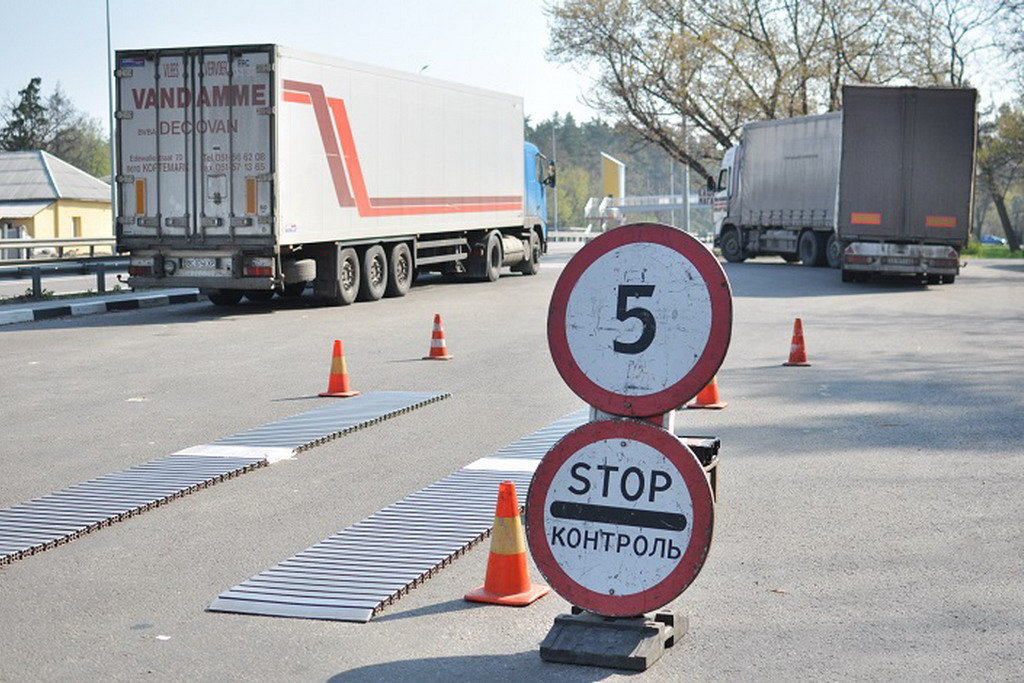
It is legal?
Many drivers care about whether it is legal to stop their car for a weight test on the road. It must be remembered that today in Russia there are two types of weight control. It is carried out both in stationary and in mobile control points.
As for the mobile control points, then the check should be carried out strictly according to these rules: only on mobile scales of the VA-20P model and only by an authorized inspector, who has with him a permit to carry out this procedure.
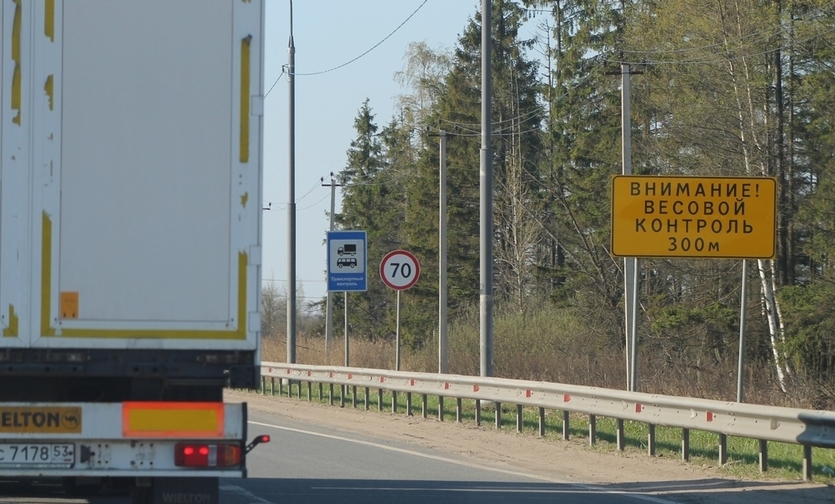
Payment of a fine
If the driver has ignored the requirements of road signs for the permissible weight of the vehicle on certain highways, including the normalized load on one axis, this is considered an administrative offense. Accordingly, a fine of up to 5 thousand rubles is issued to the driver, depending on the documents available for the cargo being transported.
If the driver ignored the sign of weight control, then he will be issued a fine of 100 rubles.The refusal of the car owner to pass control when the vehicle is stopped by the inspector is the basis for initiating an administrative case.
Development prospects
If you turn to the latest news, you can find out about the prospect of introducing fully automated points of car weight control on domestic roads. Such an innovation has already been successfully tested. Therefore, more and more such items are created. The plans include replacing them with all existing stationary and visiting checkpoints.
The main convenience of automated systems is that to check the weight of the vehicle it is not necessary to stop it, wasting time both the driver and the road inspector. The weight of the machine is fixed by special equipment during its movement on the highway. Also, this innovation allows you to fix violators in time.
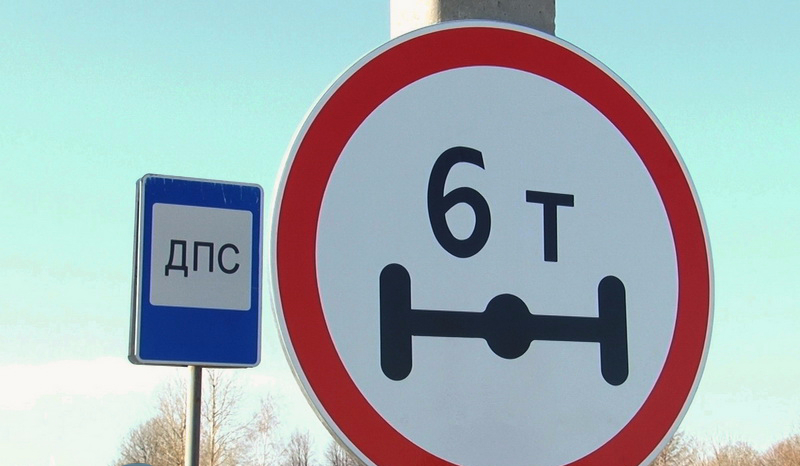
Weight control is introduced in relation to bulky goods transport. There are special rules for its implementation, binding on inspectors. They are concentrated in a memo designed for vehicle owners. We examined its important points in the article.
